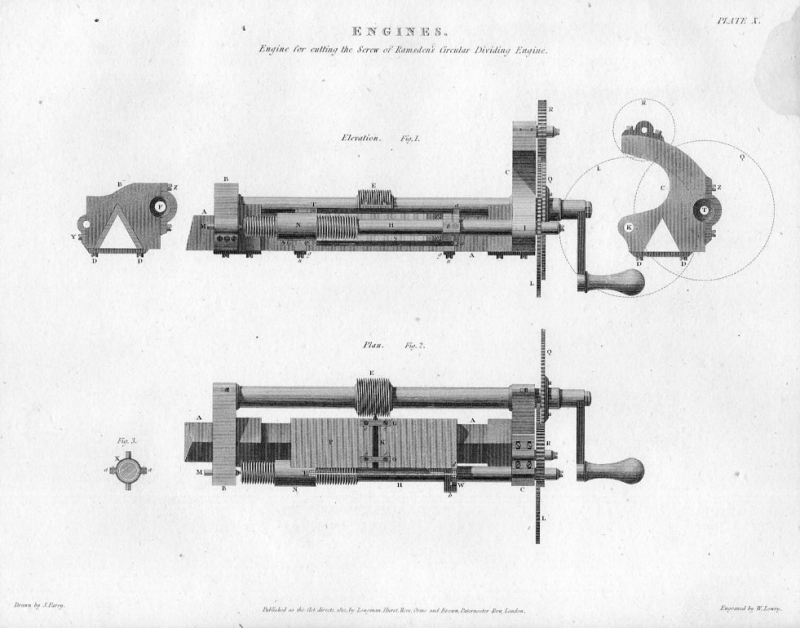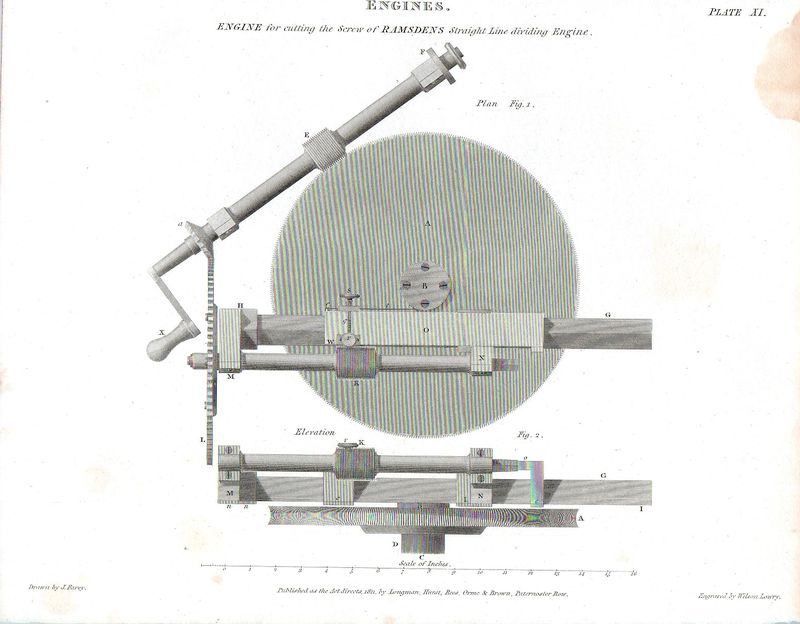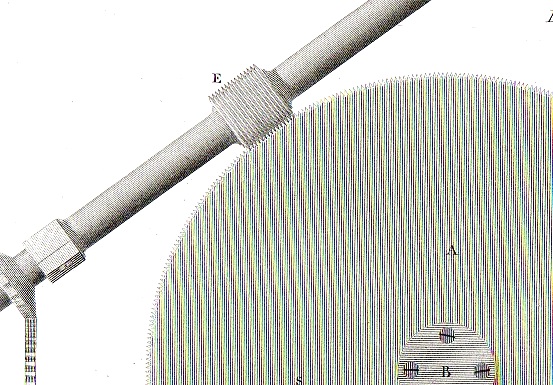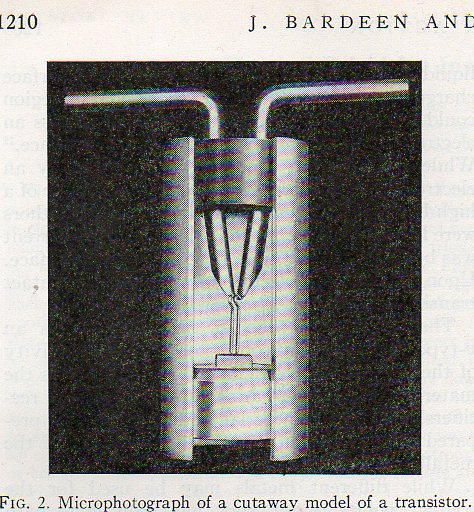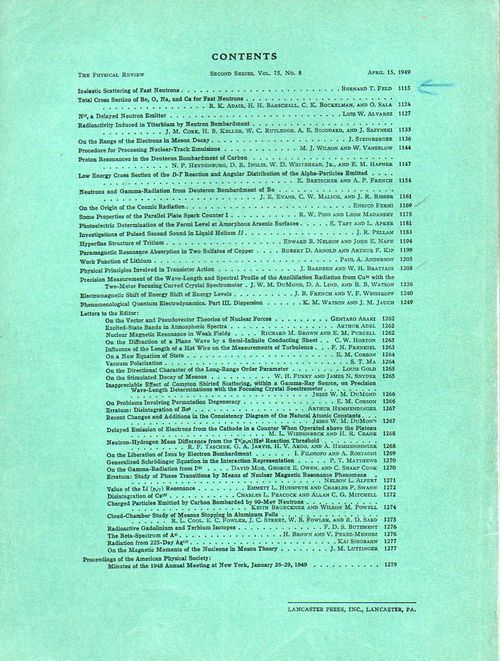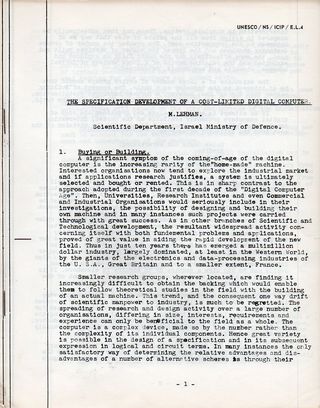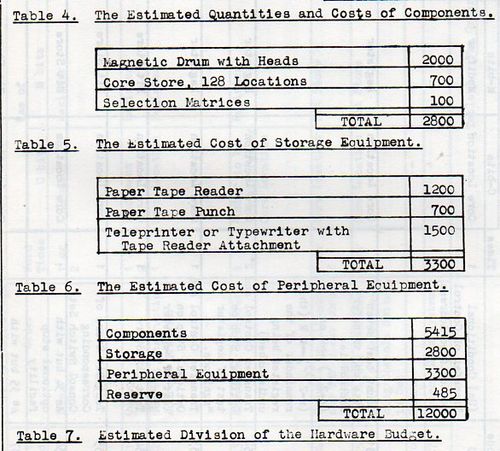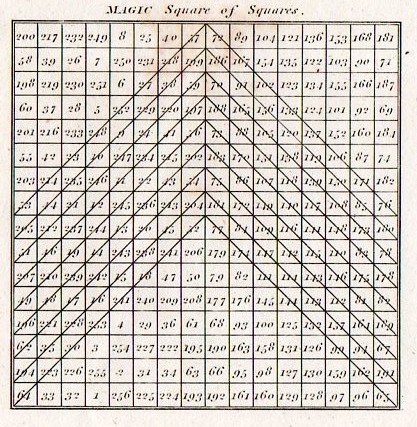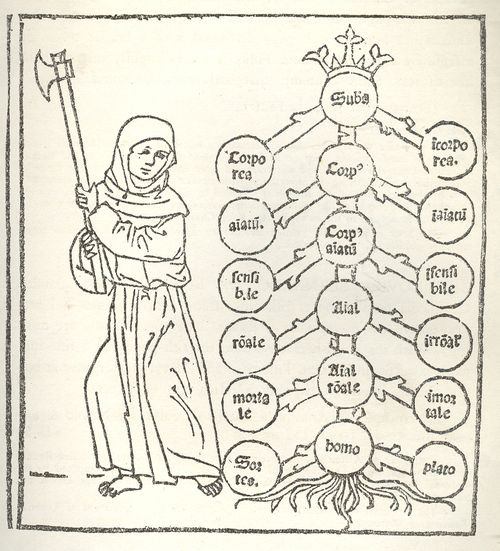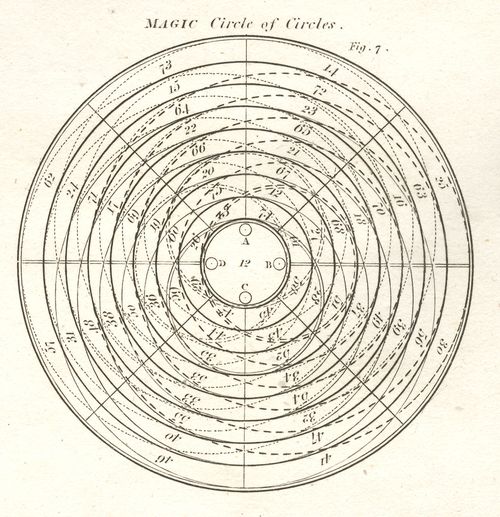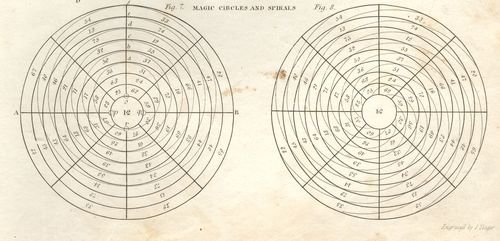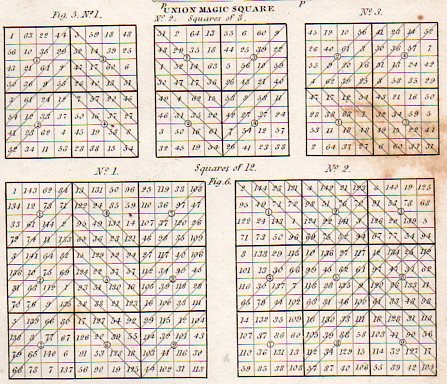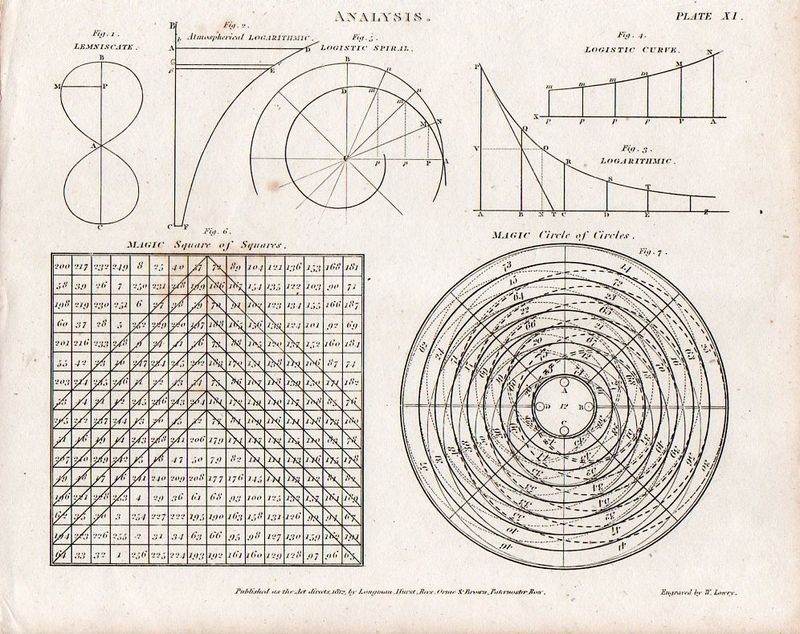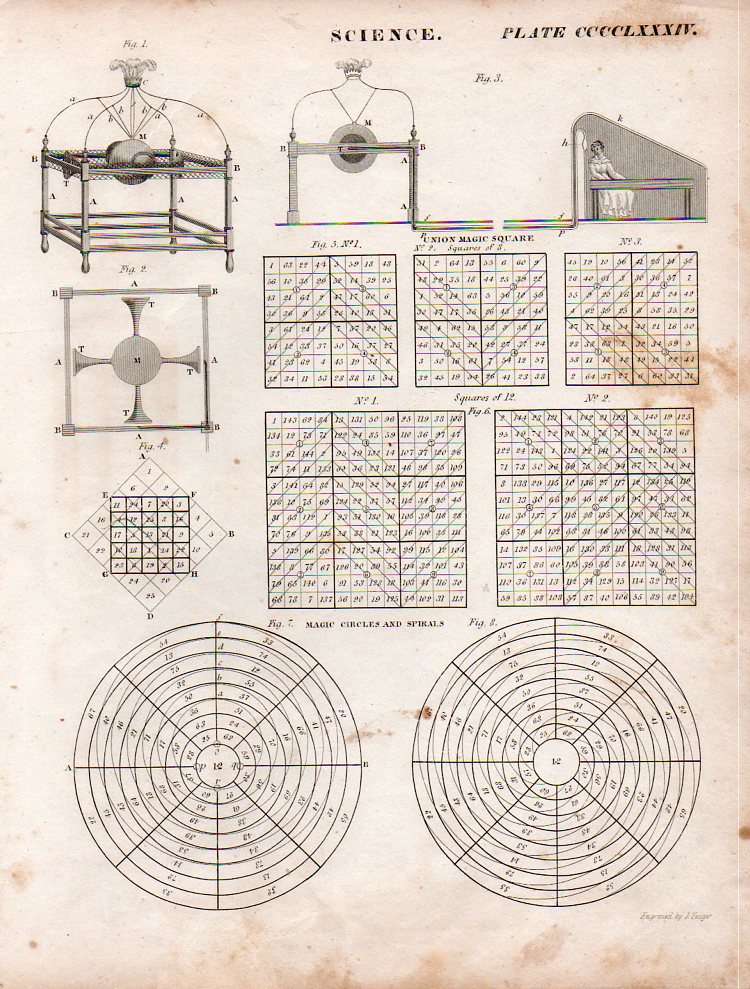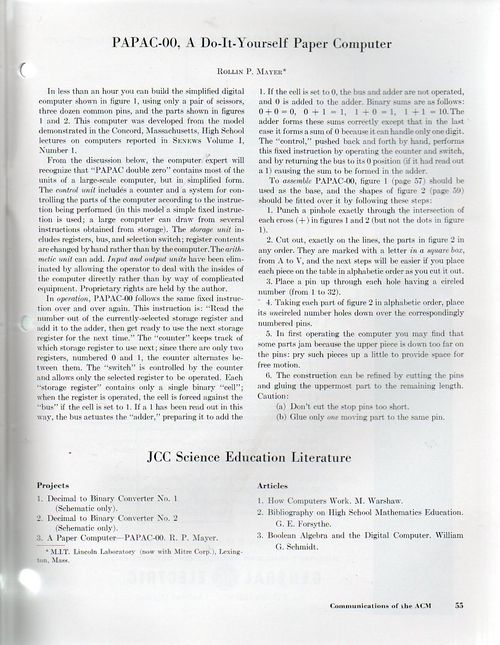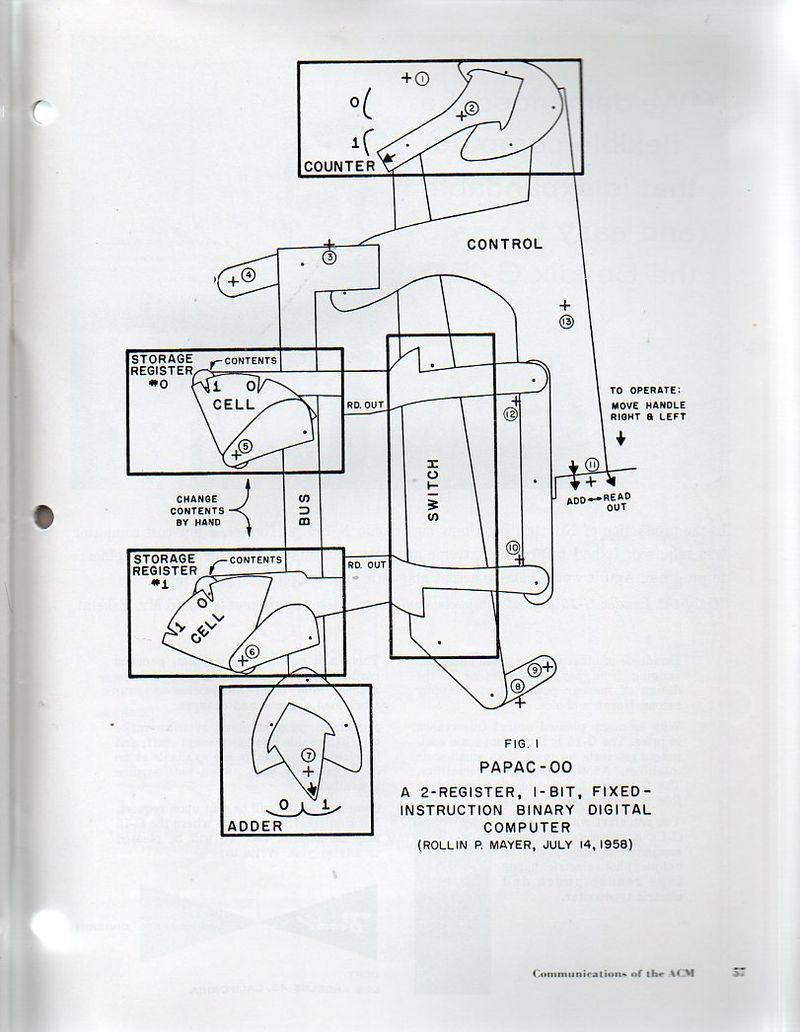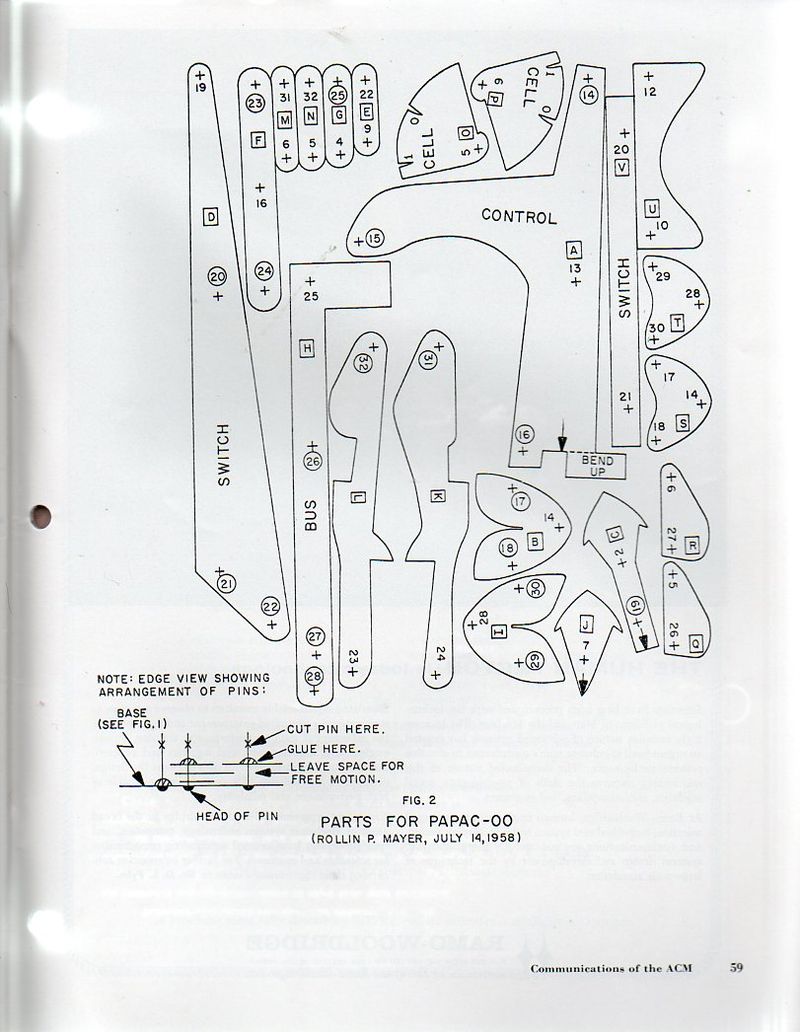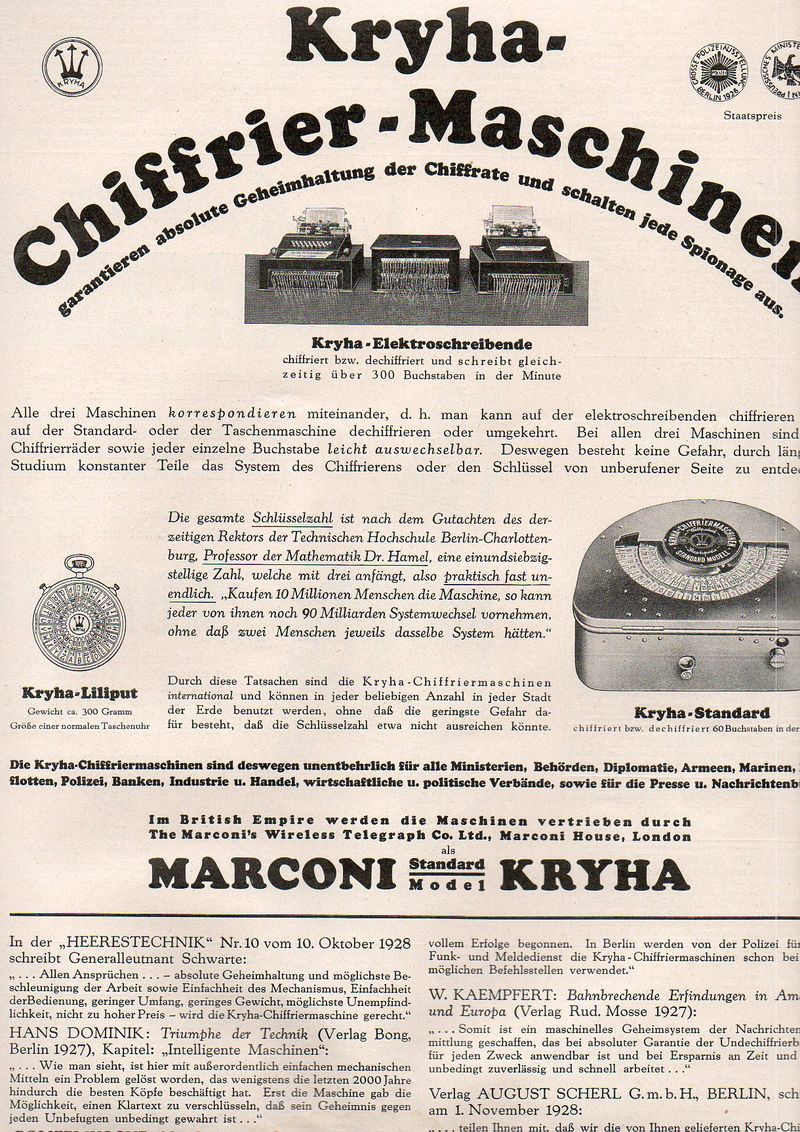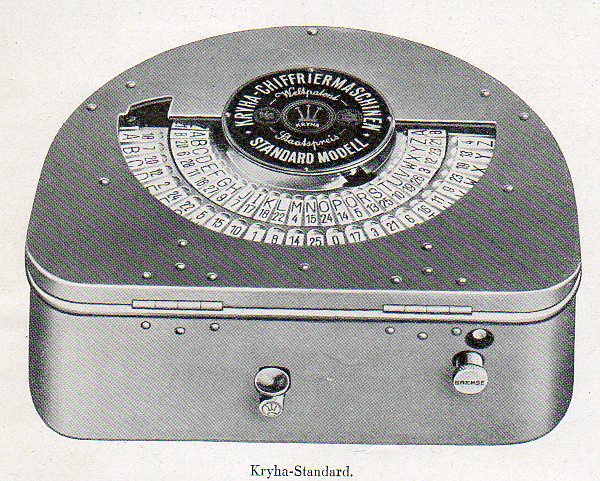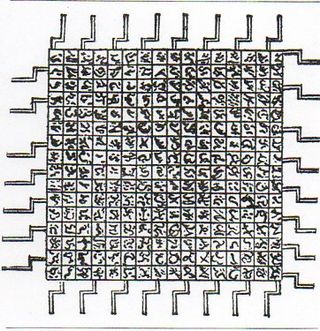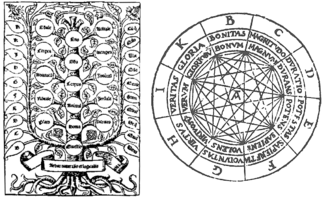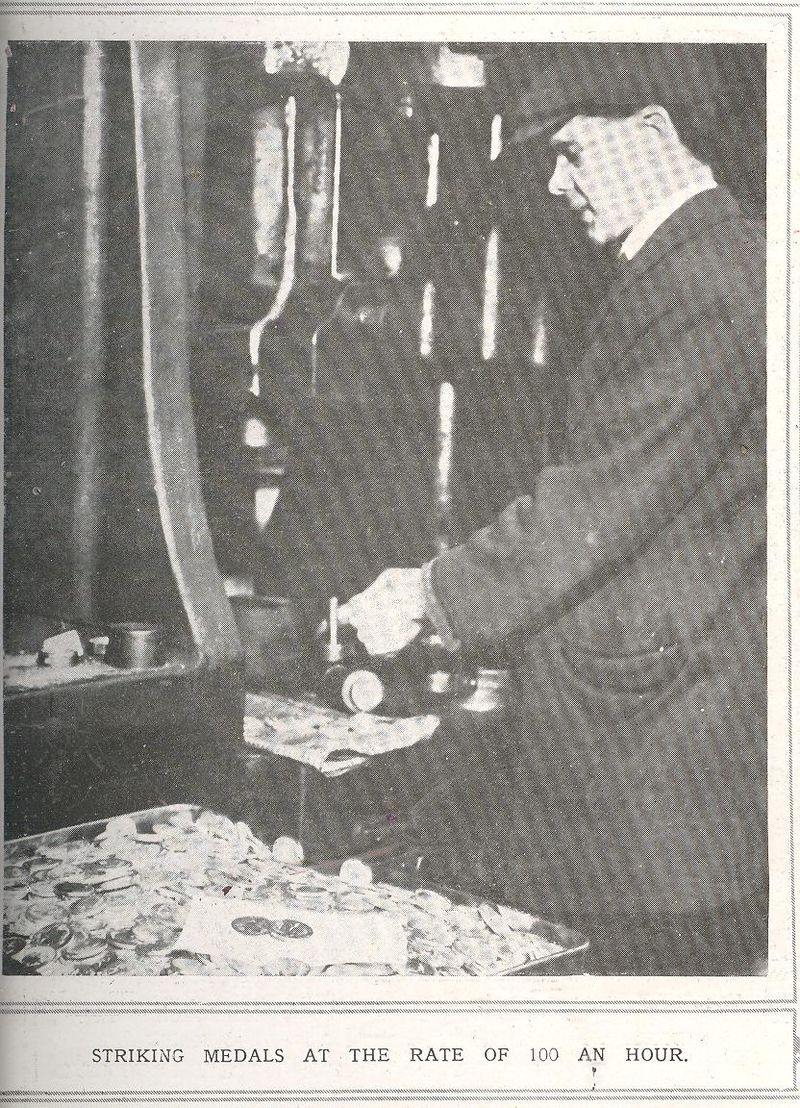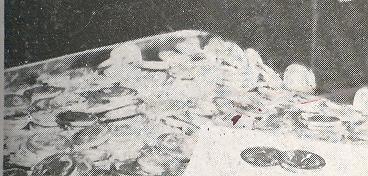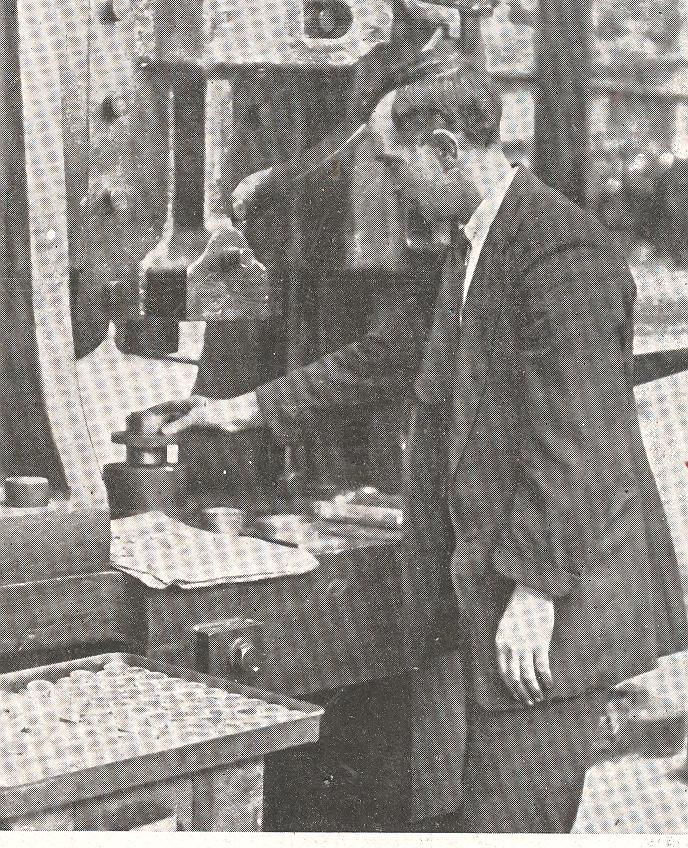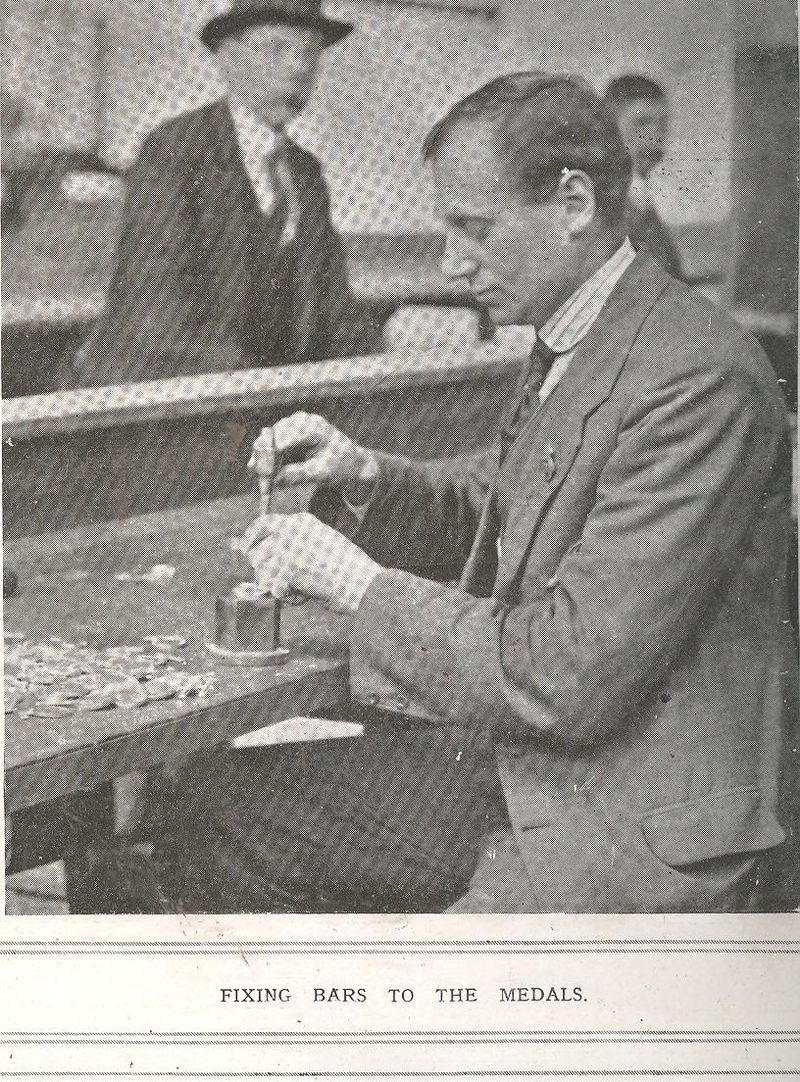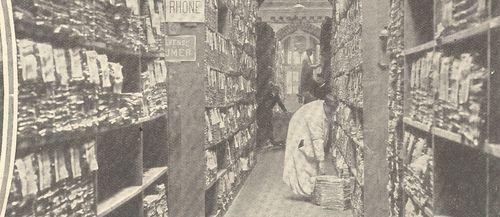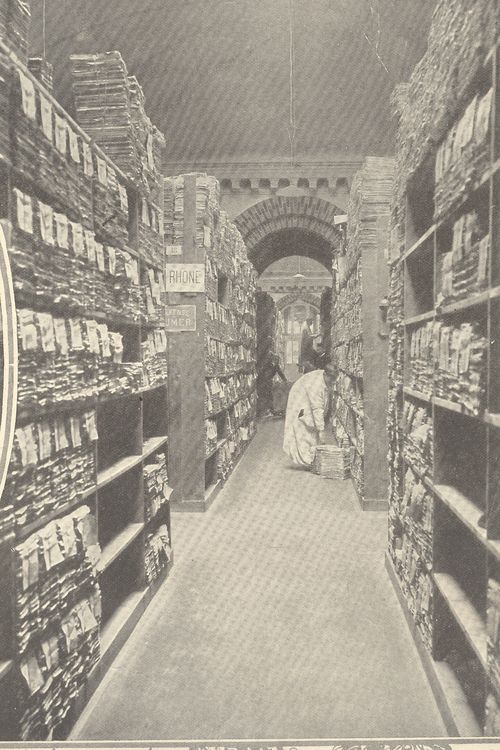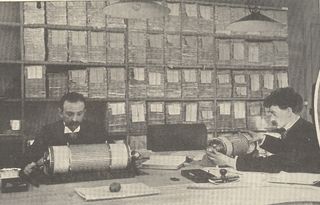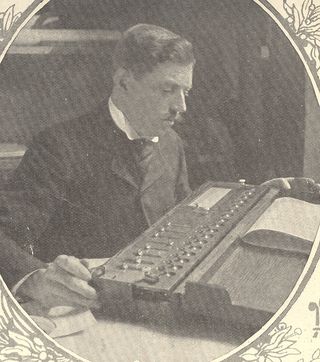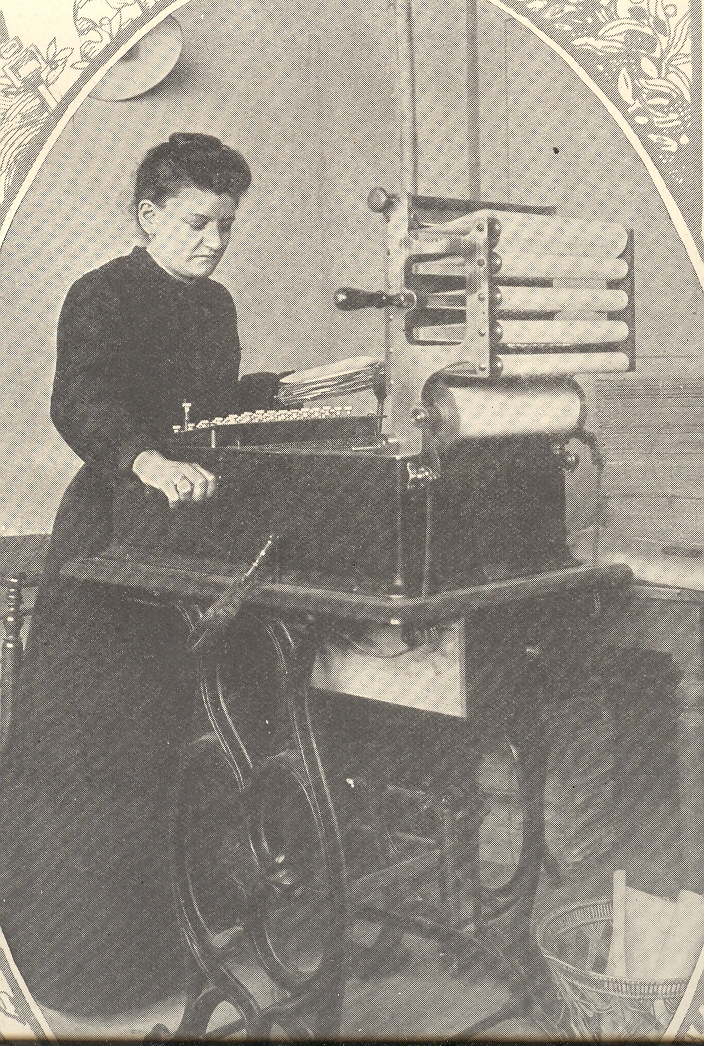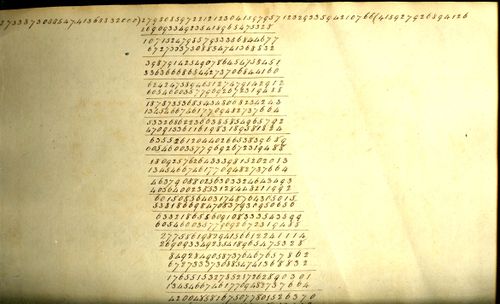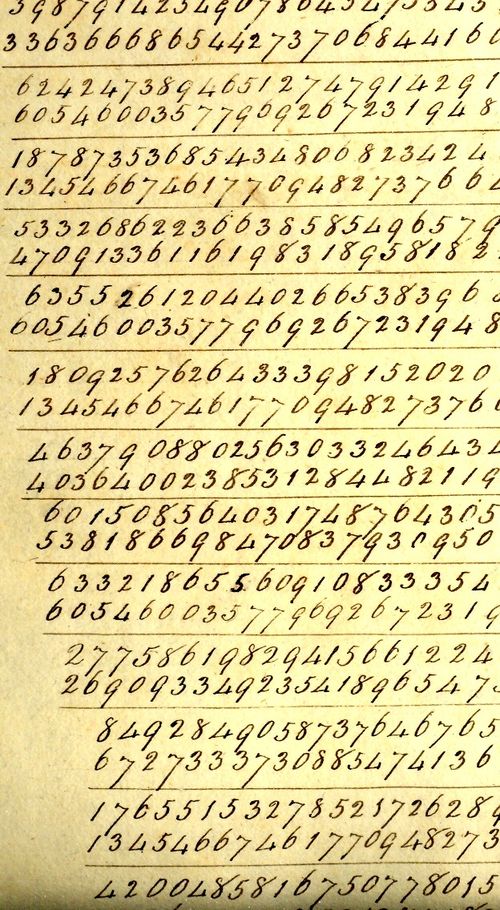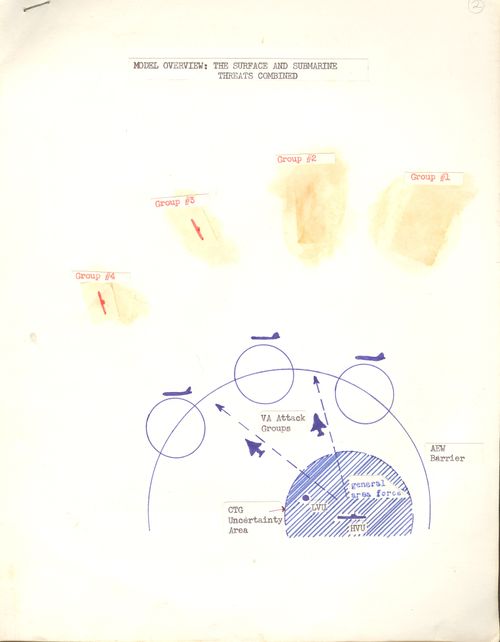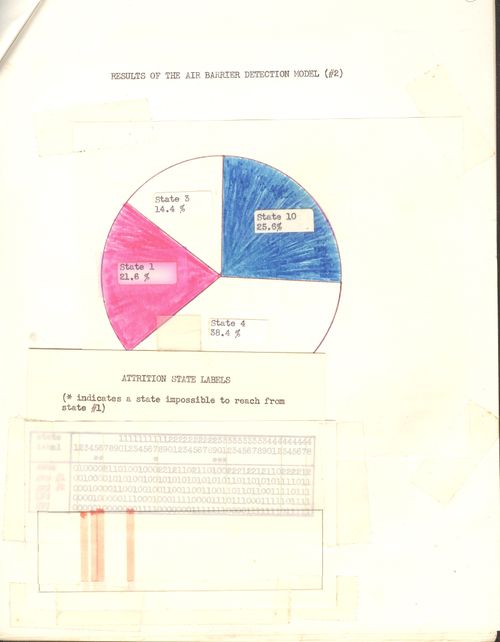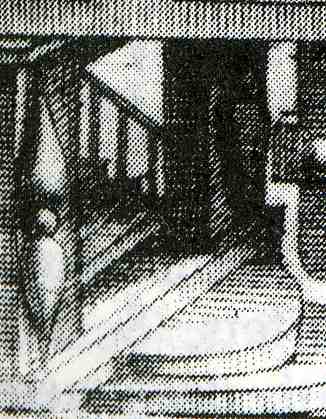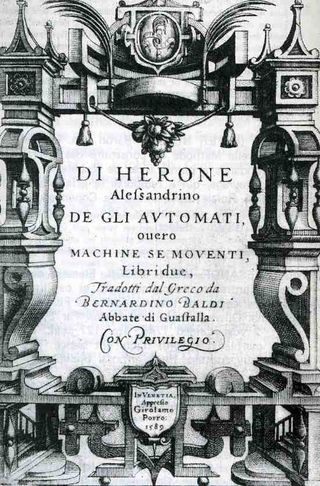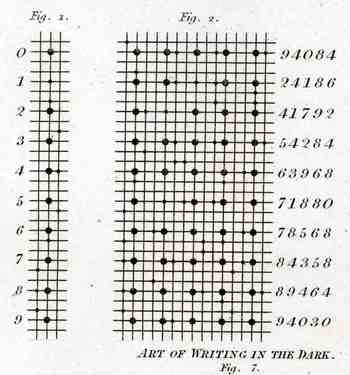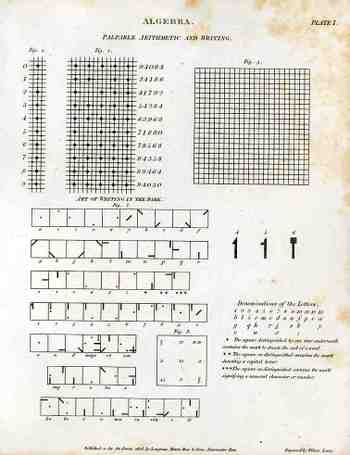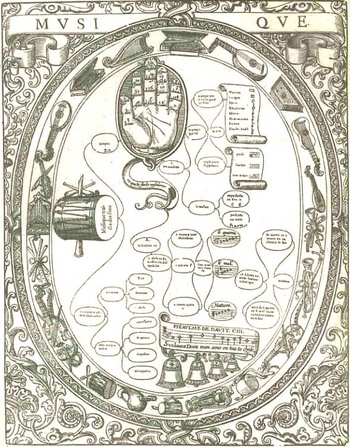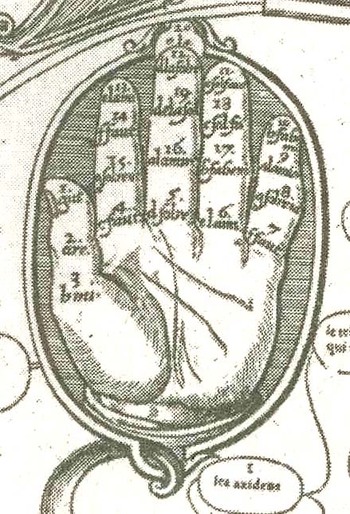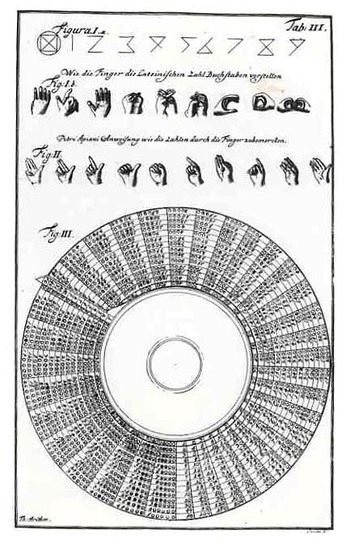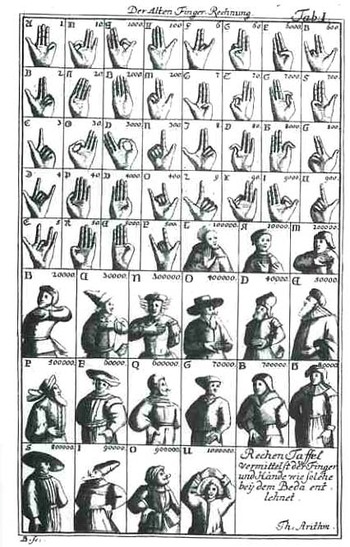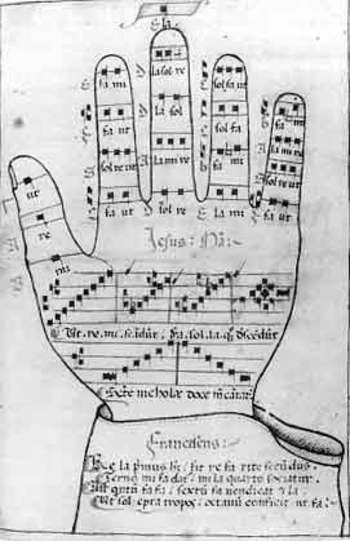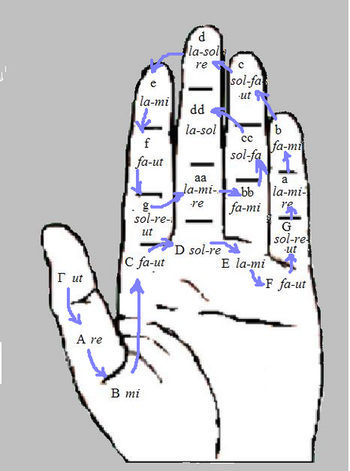JF Ptak Science Books Post 1452.223221 and a quarter
I like the idea of having something called a Dividing Engine--perhaps it would divide seeds, or complex problems, or simple problems, or perhaps it would divide division.
What it really refers to here is a precision tool that whose effects were extremely wide felt but about which we don't really hear about today. This is the dividing engine of Jesse Ramsden,and Englishman who invented a circular instrument that would incise precise values on precision instruments like surveying compasses, delineate the linear and circular scales of measuring instruments used in astronomy and navigation, Before Ramsden, the engraved marks on instruments would have been made by each individual manufacturer, each of those depending on marks that they made in the past, generations of such things in a line, over and over, a quite individualized effort, necessarily dependent upon the precision of each manufacturer. In 1777 Ramsden produced an instrument1 of exception precision that was correct and fine and dependable2. [The image above was found in Abraham Rees' monumental Encyclopedic Dictionary..., and is entitled "Engine for cutting the screw of Ramsden's Circular Dividing Engine" and was published in 1814. Below is a detail of the plan for the winding of the gear works. In order for his machine to work at such a high degree of accuracy the component parts must also have been of a very high calibre--to that end Ramsden developed what is essentially the modern screw cutting lathe from which he manufactured the gear works for his Straight and Circular Dividing Engines.3]
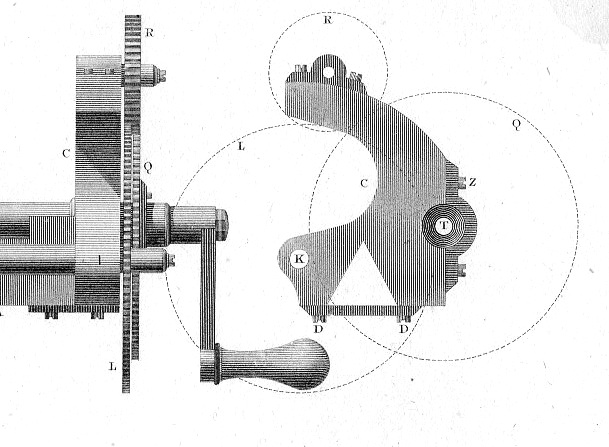
And then there was the "Engine for cutting the Screw of Ramsden's Straight Line Dividing Engine", which is an absolutely gorgeous piece of drawing. A person could crawl all over this image in varying degrees of microscopic inspection and find all sorts of beautiful internal images, a large example appears here:
And its fantastic detail:
Basically though Ramsden's inventions were key additions to the developing scientific technologies of the Industrial Revolution, integral improvements necessary for integral improvements.
Notes:
1. He published a Description of an Engine for dividing Mathematical Instruments in 1777.
2. "The dividing engine was simple to operate. The instrument being divided was fixed to a large wheel on top of the engine. When the treadle was pressed, the wheel and the instrument were turned through a fixed angle. Then with the right hand, a cutting tool guided by a system of swinging links was used to mark the instrument scale. The process was repeated until the complete scale had been divided. Although this was many times faster than hand-dividing, it was backbreaking work having to lean over the engine to work on a small instrument."-"Dividing Engine." Smithsonian National Museum of American History. americanhistory.si.edu/collections/navigation/object.cfm?recordnumber=694508
3. From WIki--"The first truly modern screw-cutting lathe was likely constructed by Jesse Ramsden in 1775. He appears to have been the first person to put a leadscrew into actual use (although, as Leonardo's drawings show, he was not the first person ever to think of the idea), and he was the first to use diamond-tipped cutting tools.[2] His device also included a slide rest and change gear mechanism. These form the elements of a modern (non-CNC) lathe and are in use to this day. Ramsden was able to use his first screw-cutting lathe to make even more accurate lathes. With these, he was able to make an exceptionally accurate dividing engine and in turn, some of the finest astronomical, surveying, and navigational instruments of the 18th century.

